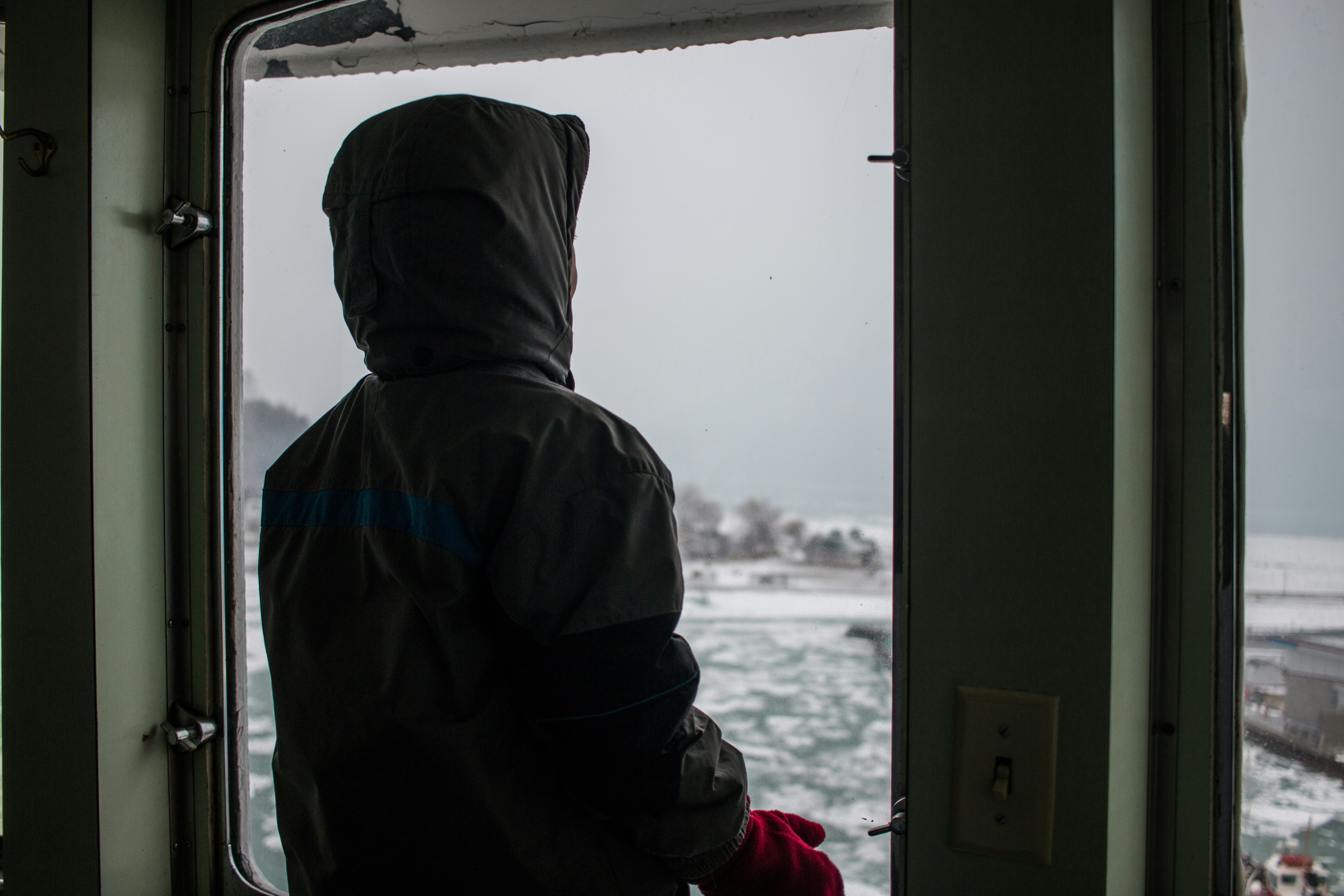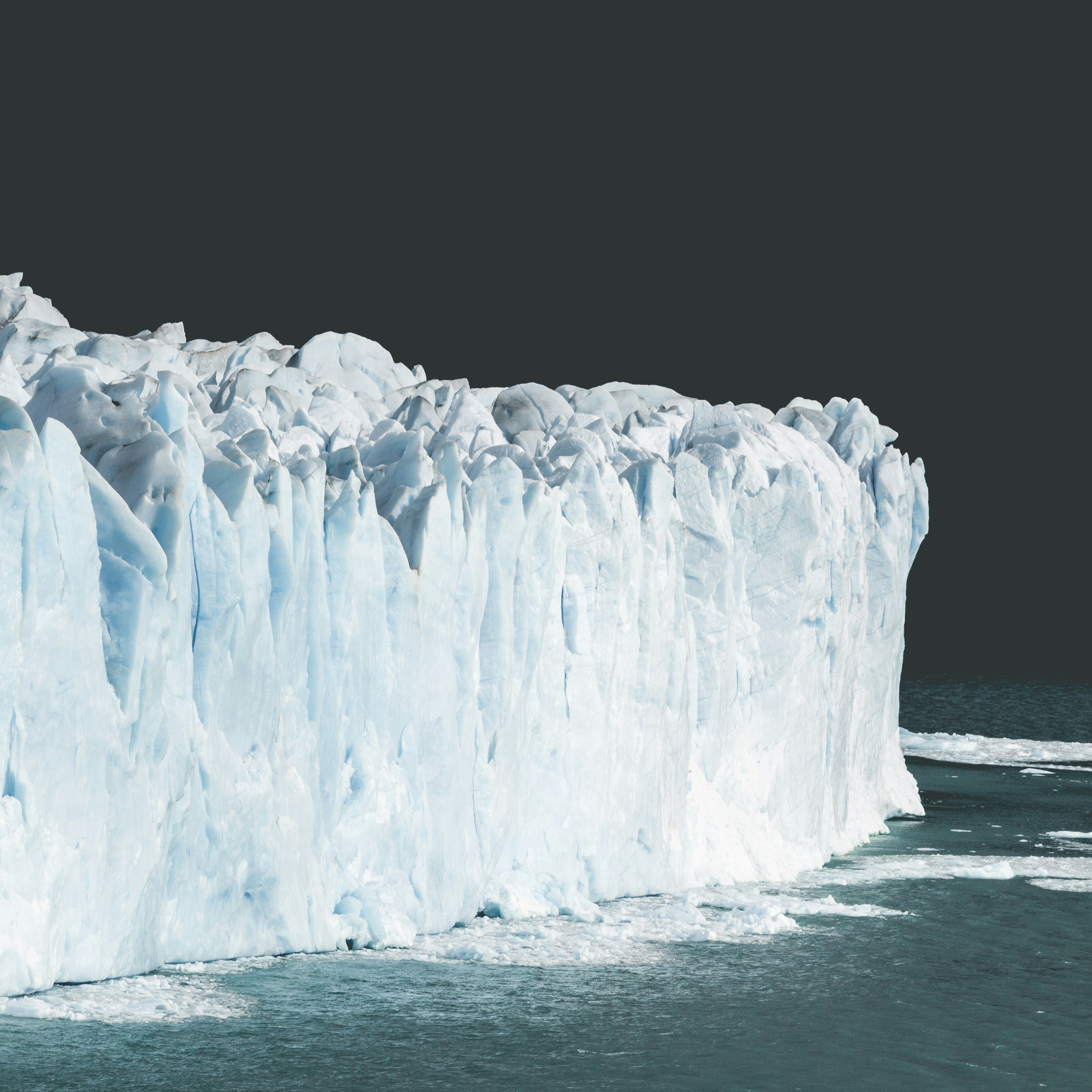Welcome to a guide on navigating the world of cold plunges without overexerting yourself. In this article, you will learn the importance of taking the right precautions to ensure a safe and enjoyable experience when immersing yourself in cold water. By following the do’s and avoiding the don’ts outlined here, you can make the most of this invigorating practice while keeping your health and well-being in mind. So let’s dive in and explore the best ways to embrace the cold plunge experience while staying safe and comfortable.
Do’s & Don’ts: Avoiding Overexertion in Cold Plunges
Are you someone who loves the invigorating feeling of taking a dip in cold water, whether it’s in a natural body of water or a cold plunge pool? While cold plunges can offer numerous health benefits such as improved circulation, reduced inflammation, and enhanced mood, it’s essential to approach them with caution to avoid overexertion. In this article, we’ll discuss the do’s and don’ts of engaging in cold plunges safely and effectively.
Understanding Cold Plunges
Before diving into the do’s and don’ts, let’s first understand what cold plunges are and why they have gained popularity in the health and wellness world. Cold plunges involve immersing your body in cold water for a specific period, typically ranging from a few seconds to a few minutes. This practice is believed to have various physiological benefits, including stimulating the nervous system, boosting immunity, and improving overall well-being.
Whether you’re a seasoned cold plunge enthusiast or a beginner looking to try it out, following the do’s and don’ts outlined in this guide will help you make the most of your cold plunge experience while minimizing the risk of overexertion.

The Do’s of Cold Plunges
When embarking on a cold plunge session, it’s crucial to follow certain guidelines to ensure a safe and effective experience. Here are the do’s of engaging in cold plunges:
Do Start Slowly
If you’re new to cold plunges, it’s essential to start slowly and gradually build your tolerance to cold water. Begin with short dips and gradually increase the duration as your body acclimatizes to the temperature. This approach will allow your body to adapt to the stress of cold exposure and reduce the risk of overexertion.
Do Listen to Your Body
Pay close attention to how your body responds during a cold plunge session. If you start feeling fatigued, dizzy, or experience any discomfort, it’s essential to exit the cold water immediately. Pushing yourself beyond your limits can lead to overexertion and potentially harmful consequences.
Do Stay Hydrated
Proper hydration is crucial before and after a cold plunge session. Cold water immersion can cause the body to lose heat rapidly, which may lead to dehydration. Make sure to drink an adequate amount of water before and after your cold plunge to maintain proper hydration levels.
Do Focus on Your Breathing
Maintaining controlled breathing during a cold plunge session can help regulate your body’s response to the cold water. Practice deep, slow breaths to calm your nervous system, reduce stress, and improve your overall tolerance to cold exposure. Focus on inhaling through your nose and exhaling through your mouth to enhance relaxation.
Do Warm Up Post-Plunge
After exiting the cold water, it’s essential to engage in a proper warm-up routine to gradually raise your core body temperature. Consider performing light exercises, stretching, or using a sauna to prevent any adverse effects of sudden temperature changes on your body.
The Don’ts of Cold Plunges
While there are essential guidelines to follow during cold plunges, there are also several practices to avoid to prevent overexertion and potential risks. Here are the don’ts of engaging in cold plunges:
Don’t Stay in Too Long
One common mistake people make during cold plunges is staying in the cold water for too long, thinking that longer exposure equals more significant benefits. Prolonged immersion in cold water can lead to hypothermia, increased heart rate, and excessive stress on your body. It’s crucial to limit your cold plunge sessions to a reasonable duration to avoid overexertion.
Don’t Dive Headfirst
When entering a cold plunge pool or body of water, avoid diving headfirst into the cold water. The shock of sudden cold exposure can cause a gasp reflex, leading to potential inhalation of water and increased risk of respiratory issues. Instead, ease yourself into the water slowly to allow your body to adjust gradually.
Don’t Ignore Warning Signs
If you experience persistent shivering, numbness, confusion, or extreme discomfort during a cold plunge session, don’t ignore these warning signs. These symptoms indicate that your body is under significant stress, and continuing the immersion can result in overexertion and adverse effects on your health. Exit the cold water immediately and seek warmth and medical attention if necessary.
Don’t Skip the Recovery Phase
After completing a cold plunge session, it’s crucial not to skip the recovery phase. Your body needs time to return to its normal temperature and regain its equilibrium. Avoid rushing into your daily activities immediately after a cold plunge. Instead, take the time to relax, hydrate, and allow your body to recover fully before engaging in any strenuous physical or mental tasks.
Don’t Forget Protective Gear
When engaging in cold plunges, especially in natural bodies of water, it’s essential to have the necessary protective gear to ensure your safety. Consider wearing a wetsuit, swim cap, and water shoes to minimize heat loss, protect your extremities, and prevent injuries. Proper gear can enhance your cold plunge experience and reduce the risk of overexertion.
Conclusion
By following the do’s and don’ts of engaging in cold plunges, you can enjoy the numerous benefits of cold water immersion while minimizing the risk of overexertion. Remember to start slowly, listen to your body, stay hydrated, focus on your breathing, and warm up post-plunge to ensure a safe and effective experience. Avoid staying in the cold water too long, diving headfirst, ignoring warning signs, skipping the recovery phase, and forgetting protective gear to prevent overexertion and potential risks. With these guidelines in mind, you can make the most of your cold plunge sessions and support your overall health and well-being.




